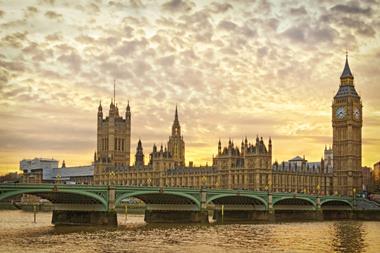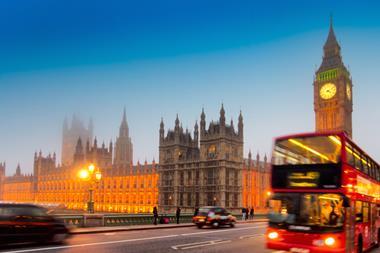Active membership of occupational pension schemes in the UK reached its highest level in more than 30 years in 2015, according to figures released by the Office for National Statistics (ONS).
There were 11.1m active members last year, the highest level since 1983.
The numbers are split fairly evenly between the private sector (5.5m) and the public sector (5.6m).
Aviva Investors said there had been “a staggering reversal of fortunes” for participation in the private sector, with auto-enrolment the major driver behind this success.
It noted that it was the first time since 2004 that private sector membership was on a virtual par with the public sector, with private-sector membership having been on a continual decline from 1991 to 2012.
Total occupational pension scheme membership was 33.5m, the highest level recorded by the survey. It counted 10.6m pensions in payment.
The average total contribution rate in private-sector defined contribution (DC) schemes was 4%, broadly in line with the level in 2014, according to the ONS survey.
The split is 1.5% for employee contributions and 2.5% for employers.
ONS noted that the figures were above the current legal minimum but below the 5% and 8% totals that will be required as of 2018 and 2019, respectively.
Aviva noted that, at current rates of decline, in 2024, there will be no more active members of private-sector defined benefit pension schemes in the UK.
“This would have significant implications for the health of retirement savings in the UK,” it said.
“While the average contribution in a defined contribution occupational pension scheme currently sits at 4%, the average contribution in a defined benefit occupational pension scheme currently sits at 21.2%.”
The UK government will next year launch a review of the future of auto-enrolment.
The ONS survey excludes group personal pension arrangements.













No comments yet